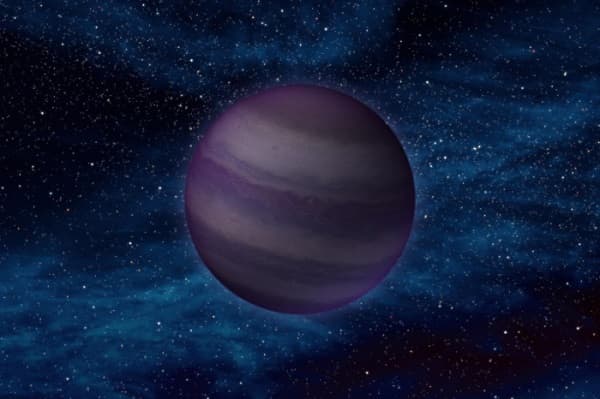Backyard Worlds: Planet 9 Invites People To Search For Nearby Worlds
A new NASA funded website, Backyard Worlds: Planet 9, is allowing general public to be a part of the search for new undiscovered worlds in outer reaches of solar system by viewing brief movies made from images captured by NASA’s Wide-field Infrared Survey Explorer (WISE) mission.

WISE was initially employed during 2010-2011 to scan the entire sky and create the most comprehensive survey at mid-infrared wavelengths that were available. Later on, it was reactivated in 2013 for a new mission to identify potentially hazardous near-Earth Objects. The new website uses this data to create short movies which highlight objects that have gradually moved across the sky.
In 2016, astronomers at Caltech in Pasadena, California, showed that several distant solar system objects possessed orbital features indicating they were affected by the gravity of an as-yet-undetected planet, which the researchers nicknamed "Planet Nine." If Planet Nine — also known as Planet X — exists and is as bright as some predictions, it could show up in WISE data.
Objects in and closer to a solar system move at a different pace than more distant objects and the best way to discover them is by studying the moving objects that are collected in WISE data. Most of this part can be done by computers, but sometimes they can be inundated with image artifacts such as brightness spikes associated with stars or light scattering inside WISE’s instruments. Therefore, Backyard Worlds: Planet 9 relies on human eyes because it can easily notice the important moving object while ignoring the others.
The website will provide millions of flipbooks, which will be animations showing how small patches of sky has changed over several years. People can view this data and flag moving objects. The flagged objects will be prioritized by the science team for follow-up observations by professional astronomers. Participants will share credit for their discoveries in any scientific publications that result from the project.
Source: #-Link-Snipped-#, #-Link-Snipped-#

WISE was initially employed during 2010-2011 to scan the entire sky and create the most comprehensive survey at mid-infrared wavelengths that were available. Later on, it was reactivated in 2013 for a new mission to identify potentially hazardous near-Earth Objects. The new website uses this data to create short movies which highlight objects that have gradually moved across the sky.
In 2016, astronomers at Caltech in Pasadena, California, showed that several distant solar system objects possessed orbital features indicating they were affected by the gravity of an as-yet-undetected planet, which the researchers nicknamed "Planet Nine." If Planet Nine — also known as Planet X — exists and is as bright as some predictions, it could show up in WISE data.
Objects in and closer to a solar system move at a different pace than more distant objects and the best way to discover them is by studying the moving objects that are collected in WISE data. Most of this part can be done by computers, but sometimes they can be inundated with image artifacts such as brightness spikes associated with stars or light scattering inside WISE’s instruments. Therefore, Backyard Worlds: Planet 9 relies on human eyes because it can easily notice the important moving object while ignoring the others.
The website will provide millions of flipbooks, which will be animations showing how small patches of sky has changed over several years. People can view this data and flag moving objects. The flagged objects will be prioritized by the science team for follow-up observations by professional astronomers. Participants will share credit for their discoveries in any scientific publications that result from the project.
Source: #-Link-Snipped-#, #-Link-Snipped-#
0
